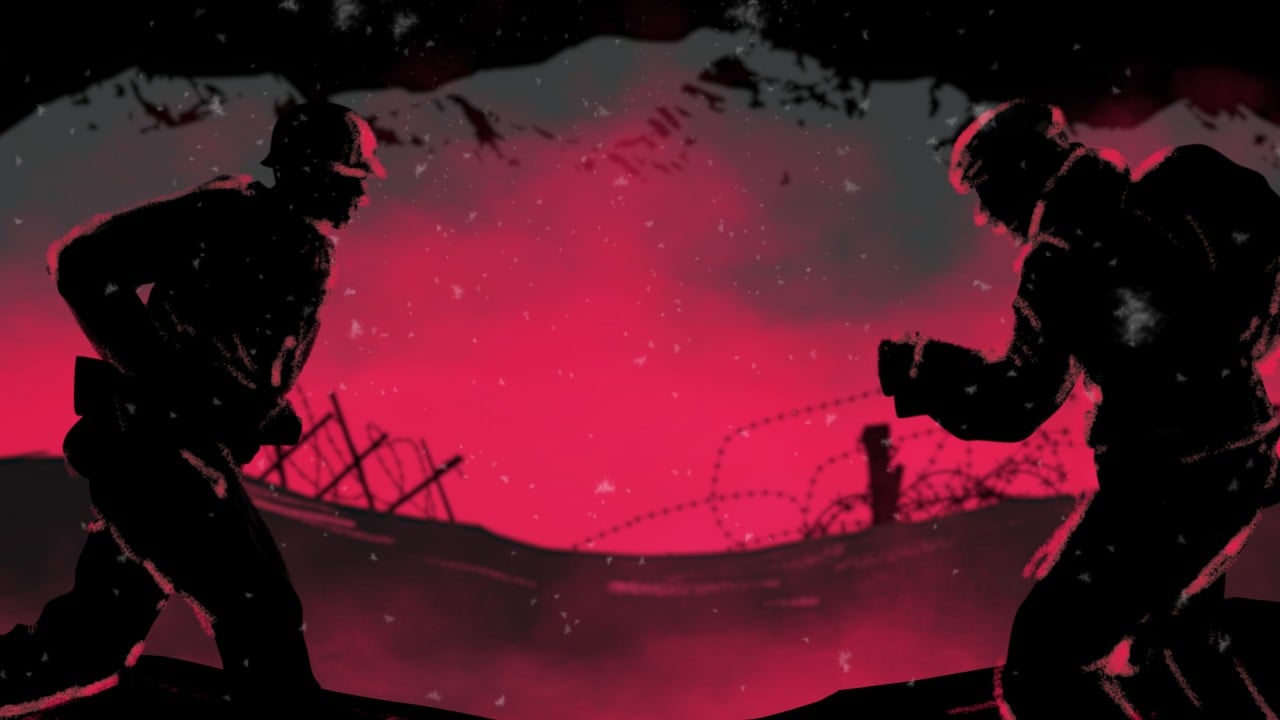
China-India border dispute: history shows solution may lie with Xi Jinping and Narendra Modi
- Neither side is likely to make territorial concessions in the stand-off over their Himalayan border
- But Beijing and New Delhi have been here before, and it may require the top leaders to act, as was the case in 1987 and 2017
The 1987 stare-down in Arunachal Pradesh’s Tawang district, which China claims as part of Tibet, was the biggest military face-off since 1962. The world’s two most populous nations almost went to war over a row about infrastructure building after diplomatic and military talks failed to calm matters. It wasn’t until the top leaders intervened, after nearly a year, that both sides agreed to step back.
It then took years to complete disengagement and restore the status quo in the mid-1990s.
During his subsequent ice-breaking trip to China in 1988, former Indian prime minister Rajiv Gandhi changed India’s decades-old stance of linking the border with overall ties. It ushered in more than a decade of peace along the unmarked frontier.

06:15
Who has the upper hand in the India-China border dispute?
The 1988 rapprochement and the Doklam stand-off showed China and India had largely a “leadership-led relationship”, as former Indian national security adviser Shivshankar Menon put it. They also suggested relations were sometimes shaped by the external environment.
China-India border dispute: its origins and impact
Strategically it is tempting for China to try to use the border dispute to bog down India and undermine its global potential, and Beijing is confident it has an edge militarily and economically.
But with Beijing and Washington at loggerheads, the last thing China needs is an armed conflict with India that might force India’s hand on firming up a security alliance with the US.
Besides, with the 4,000km-plus border largely unmarked, and mutual distrust so high, there is little chance of either side making territorial concessions.
Instead of focusing on their almost insolvable border dispute, the priority for both should be to prevent the resulting tensions spiralling in an age of rapidly spiking nationalism, which calls for intervention from the top. With both nations turning increasingly inward and authoritarian, no one is in a better position to act than the nationalist leaders Xi and Modi.

